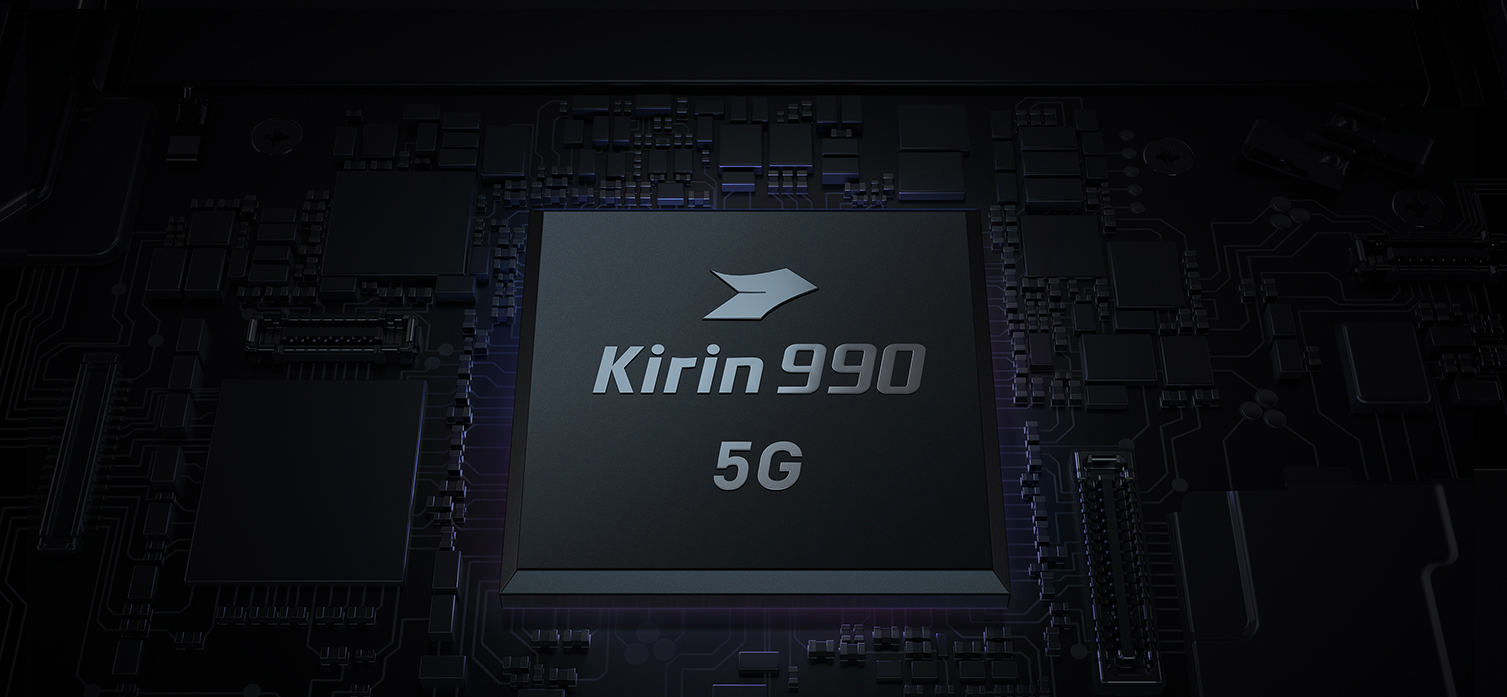Honor has just announced its flagship Honor V30 and V30 Pro 5G smartphones in its home country, which are powered by the company’s own Huawei Kirin 990 SoC. From the interview of Honor president Zhao Ming, it seems that the company is very confident about the success of Kirin 990 chipset.
He has claimed that every 5G chipset available in the market, except for the Huawei HiSilicon Kirin 990, is a low-end one. He says that it’s very difficult to make a good 5G chipset and their SoC has passed Level-6 tests while other have not even passed Level-4.
Zhao Ming also says that there’s a big different in propaganda and experience claiming that all the other chipset makers are just spending a lot on marketing and not the actual technology, which can be reflected in the sales numbers.

EDITOR’S PICK: U.S. Envoy clashes with German Minister over Huawei’s involvement in Germany’s 5G development
Announced in September this year, the Kirin 990 SoC is built with a 7nm extreme ultraviolet lithography (EUV) process. Huawei says its new integrated chip is smaller than Qualcomm’s Snapdragon 855 + X50 5G modem, allowing for more compact 5G smartphones. It is also claimed to be the world’s first mobile SoC with more than 10 billion transistors, making it more efficient with power consumption.
The highlight of the SoC is that it’s also the first full-frequency 5G SoC — it’ll support both non-standalone and standalone architectures as well as TDD/FDD full frequency bands. The Kirin 990 is a true unified design, supporting Sub-6 GHz 5G networks on both SA and NSA architectures, making it the first to do so.
Aside from implementing the 5G modem, another biggest change in the Kirin 990 is the NPU, or Neural Processing Unit. It is basically a co-processor optimized for the sort of vector math which is the lifeblood of machine learning frameworks like Facebook’s Caffe2 and Google’s TensorFlow.
The chipset uses two big, two middle and four little cores to optimize multitasking, with clock speeds of 2.86GHz, 2.36GHz and 1.95GHz respectively. The 990 5G also packs a 16-core Mali G76 graphics processor for mobile gaming, as well as smart cache built-in to reduce bandwidth by up to 15 percent.
UP NEXT: Huawei Nova 6 SE new renders reveal punch-hole display and iPhone-like quad camera module
(Via)






